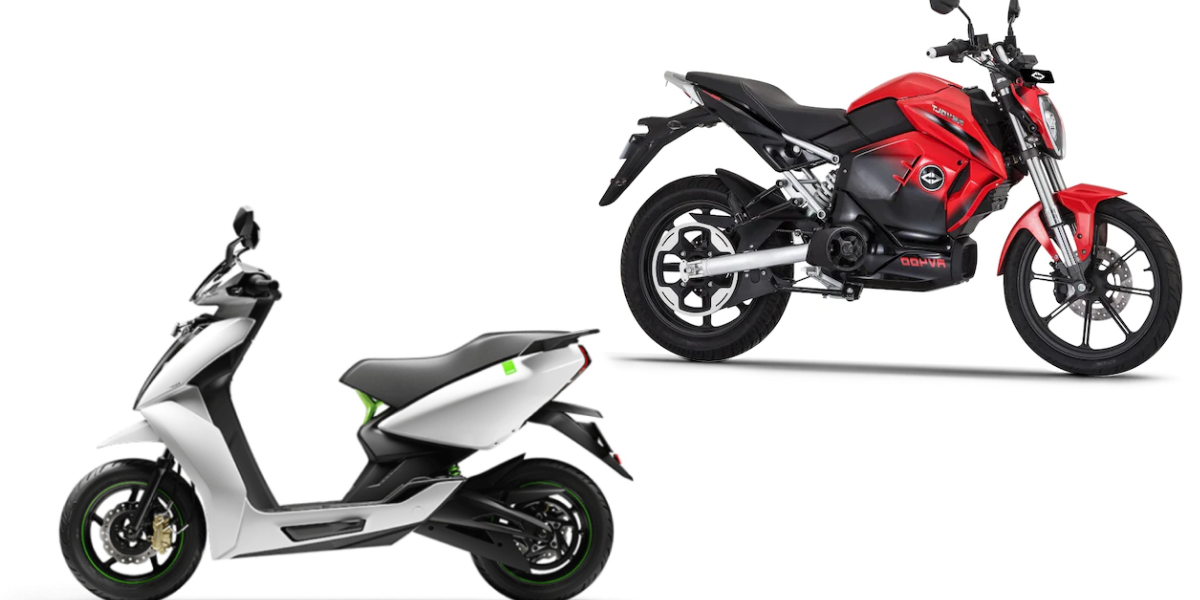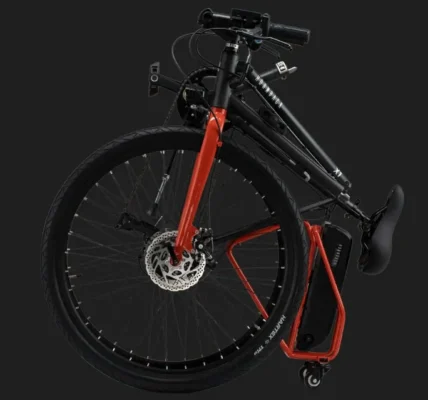Electric Two-Wheeler Sales To Increase By 78 Percent Before 2030: Charging Infrastructure To Play Major Role
Electric two-wheeler sales are expected to grow by 78 percent before 2030. A recent study by Redseer claims that the Indian electric two-wheeler segment will witness unforeseen growth if everything goes well and the required infrastructure falls into place.
The age of electric vehicles has arrived and it is quite obvious that EVs and EV manufacturers are here to stay. In terms of sheer numbers, electric vehicles are still far behind their ICE-powered counterparts. However, when it comes to advancement of technology and growth, electric vehicles are proving to be way ahead of conventionally-fueled vehicles.
The Indian market has witnessed the arrival of some brilliant electric passenger vehicles. However, we are yet to see an affordable electric car. This is where electric two-wheelers have a huge advantage. There is several varieties of electric two-wheelers on sale in the Indian market and there is something for everyone. Scooters are quite obviously leading the charge.
India is the largest two-wheeler market in the world and this size is quite obviously seen in the way people have adapted to EVs. The electric scooter market, for example, is divided into two main segments – high speed and low speed.
The low-speed electric scooters form a large percentage of the market while still sticking to the bare basics in terms of technology and performance. These scooters are also being accused of having lower levels of localisation.
The high-speed electric scooters on the other hand feature lots of technology and brilliant performance. They are also heavily localised. However, they form a smaller chunk of the electric scooter market. Both segments of the electric two-wheeler market are expected to grow in a rapid manner over the next few years.
The survey by Redseer revealed that the aiding factors for the growth trajectory include consumer acceptance, government policies, improving battery technology, growing charging infrastructure, etc.
There are a few problems with owning an electric vehicle at the moment. This includes the comparatively higher purchase price, the infancy of charging infrastructure in India, and a general ambience of skepticism around EVs.
The critics are silenced with advancing technology while the infrastructure is gradually improving. The high purchase price is easily offset by the extremely low running and maintenance costs. So, it is becoming increasingly hard to say no EVs.
All of this is together expected to contribute to the growth of electric vehicles in the Indian market and this justifies the 78 percent growth figure that the Redseer study arrived at.







